The Nexus 6 Review
by Brandon Chester on November 12, 2014 1:00 PM ESTCamera
The camera has always been something of a pain point for Nexus devices. Since the Galaxy Nexus launched we've seen camera sensors that always seemed to be one step behind the competition. The price point that Google had aimed for with their Nexus phones certainly contributed to this, and software issues like upscaled, stretched, or cropped previews did not help the situation either. With the Nexus 6 being priced as a premium device, one would hope that it sports an equally premium camera, and indeed it does. The Nexus 6 uses Sony's IMX214 with an F/2.0 aperture and OIS for the rear camera, a sensor we've seen in HTC's Butterfly 2, and the OnePlus One just to name a couple of examples. I'm happy with Google's decision to continue using 4:3 camera sensors which tend to make framing scenes easier than 16:9 sensors in my experience.
Before looking at photos taken with the Nexus 6, it's important to look at how fast it is able to focus and capture photos. After all, if your phone takes too long to focus, the moment you wanted to photograph may already be over by the time you can take the shot.
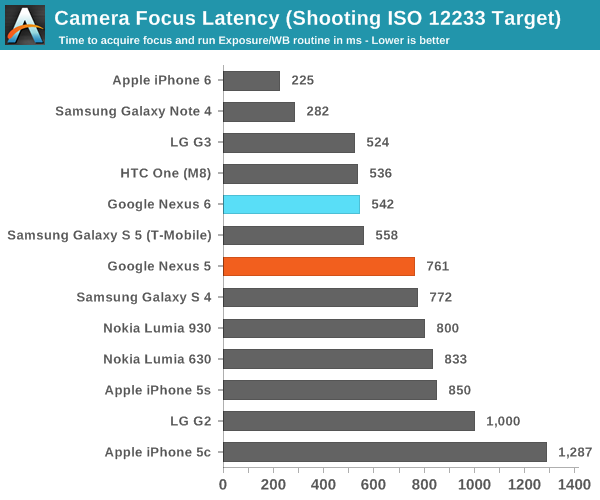
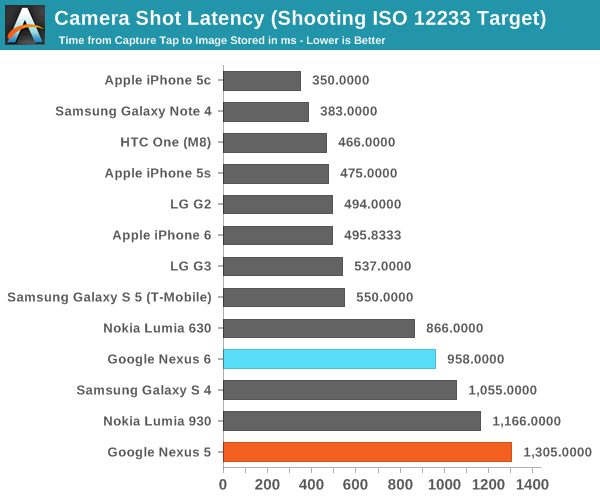
The Nexus 6 has a focus latency which is competitive with some of the flagship devices released this year like the LG G3 and HTC One (M8), but it's not in the same class as the recently released iPhone 6 and Galaxy Note 4. The shot latency is also surprisingly long, and I repeated the test multiple times to confirm. The Nexus 5 also had a long capture time, and so it may be that this is a result of issues in Google's Camera application rather than anything relating to the device's camera itself.
The Nexus 6 seems to vary its ISO between 40 and 1200, while the Nexus 5 typically varied between 100 and 1600 with some extremely high values as high as 3000 in certain circumstances. I was only able to get exposure time up to 1/12th of a second which is somewhat fast for a device with OIS. The Nexus 5 wasn't shy about going up to 1/6th of a second if it needed to.
The camera software is also an important aspect of mobile photography. Google's Camera application is actually quite good for a relatively automatic photo experience. I do think that Google could expose more of the controls like switching between camera modes and toggling the flash as constantly visible controls without reducing the amount of space for the preview significantly. Something I noticed while using the Nexus 6 is that the colors of the preview in the viewfinder were quite saturated. This is, of course, due to the display calibration, which unfortunately means that the viewfinder is not very helpful in determining how the photo is actually going to look. The preview framerate also tends to run below 30fps which has been the case for a long time now, but I hope that pointing it out will eventually get it improved.
Still Image Performance
These next tests use photographs of an outdoor area at various times to guage the performance of a smartphone's camera relative to other smartphones, as well as a controlled test scene inside a well lit area. I am unfortunately limited by the number of devices I have on hand, which at the moment includes the Nexus 6, iPhone 6, Nexus 5, and HTC One (M7).
Before getting into the actual tests I wanted to mention something about smartphone camera white balance that won't be apparent based on the images alone. Based on how I actually saw the scene as I was taking the photos, I can confidently say that the Nexus 6 consistently had a far more accurate white balance than any of the other devices I tested. This can actually have a huge impact on the overall appearance of the image, and it can be easy to overlook when doing these sorts of comparisons. For example, the iPhone 6 photo in the evening test has a shift toward blue that makes it appear to be much darker out than it actually was, while the Nexus 6 more accurately reflects how the scene looked at the time. With that out of the way, lets begin with the daytime test.
In this first test the Nexus 6 performs very well. I would say it produced the best overall image of the four devices I tested. The higher resolution sensor allows for greater sharpness and detail in areas like the branches of the trees, and the bars of the black metal gate on the left side are only captured with sufficient detail by the Nexus 6. However, I did notice an issue with the output from the Nexus 6, which is a concerning amount of blur in the section of branches that is to the right of the centre of the image, but not at the very right edge of the frame. I took several photos and even repeated the test on a different day, but the issue persisted.
In this next test we have the same scene at a later time of day with less natural lighting. The performance of the iPhone 6 approaches the Nexus 6 due to its larger sensor pixels giving it an edge in low light circumstances, but the Nexus 6 still maintains an overall higher level of detail and sharpness, particularly on the trees.
With the outdoor scene in low light we can see that all of our devices start to struggle. The Nexus 6 ends up sharper and less noisy than the Nexus 5 by driving a much lower ISO of 1200 instead of 2500. However, the brick building on the right shows that although the OIS on the Nexus 6 allows for a longer shutter time, Apple's iPhone 6 is able use a lower ISO and better preserves detail with finer grained noise throughout the image in general.
The last test we perform is a highly controlled test scene with generous lighting and different textures to see how well the Nexus 6 is able to capture detail in something of a best case scenario. In this case the Nexus 6 once again provided the best sharpness and detail preservation of all the devices I tested. The white balance is shifted toward pink which is an odd exception from the performance in the other tests.
I'm very happy with the improvements Google has made to their camera on the Nexus 6. I no longer feel like Nexus devices will always be a generation behind the competition when it comes to camera quality. Google and Motorola should also congratulate themselves on their white balance algorithm which helped the Nexus 6 to take photos that better reflected how the scenes actually looked in real life. I hope Google will continue to improve their camera software to make the user interface less menu driven, and to improve capture times for photos which is the one area that the Nexus 6 really falls behind its competition.


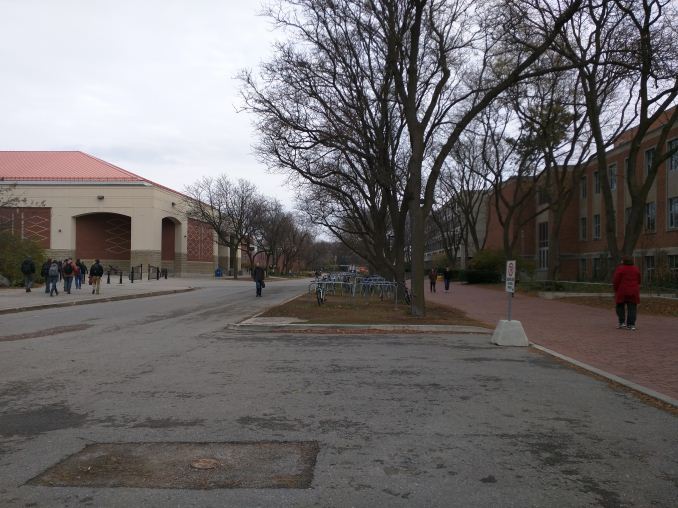




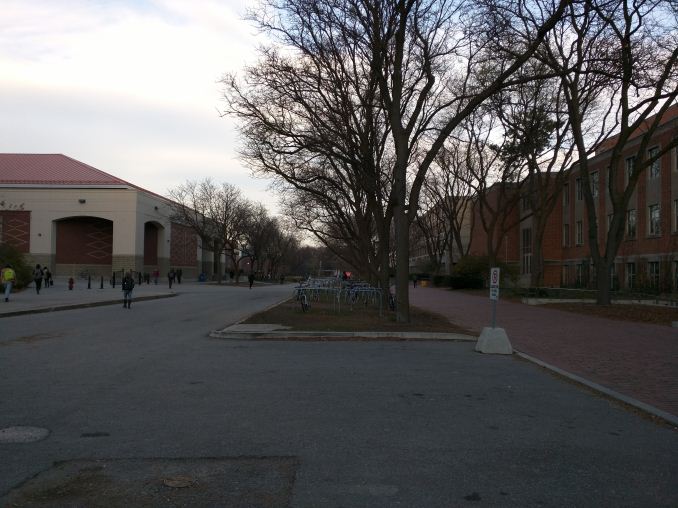




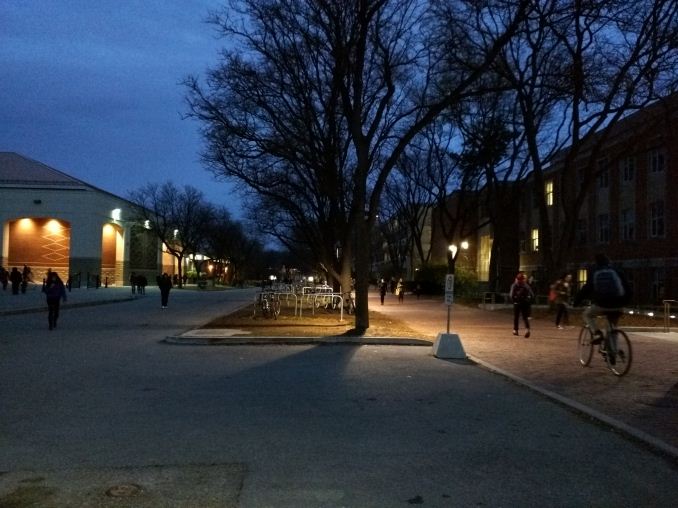

















136 Comments
View All Comments
darkich - Friday, November 14, 2014 - link
Good observation.Now I just wish Display Mate tests the Nexus and reveals the power consumption of the screen.
AMOLED is inherently power hungry on white background surfaces(browsing) and even the latest generation doesn't alleviate that weakness.
I can only guess how bad can it be combined with the screen used for Nexus 6
grayson_carr - Thursday, November 13, 2014 - link
In addition to newer, more efficient, AMOLED tech in the Note 4, I'm wondering if Samsung throttles down the CPU more aggressively on their phones to save battery. Maybe that is the real cause of the TouchWiz lag and frame dropping as well?darkich - Thursday, November 13, 2014 - link
Lag and frame drops on the Note 4?Go watch and read some reviews and let me know if you find some of that
HisDivineOrder - Thursday, November 13, 2014 - link
"Nexus 7 (16GB, Black, Wi-Fi only) is no longer available for sale.""Nexus 7 (32GB, Black, Wi-Fi only) is no longer available for sale."
Check Google Play.
Thus, it is untrue that "[t]hat hasn't changed at all in the past few weeks. The Nexus 5 and Nexus 7 are both still available, and they still provide a very high quality experience, arguably better than some other smartphones that are both newer and more expensive." It has changed. The Nexus 5 and 7 may be available in other places for the time being, but Google is clearly replacing the Nexus 5 and 7 with the Nexus 6 and 9. So the entry price point (and entry size point) are decidedly different with the official Google experience than they were.
Hell, even the Nexus 9 shipped days ago and most of us are still waiting on the Nexus 7 to be updated. So not even your statement that we bought the Nexus device to get the OS ASAP is true anymore.
I don't think I'm going to read your article any further since you're so obviously wrong about little things that make all the difference. How can your judgement of the Nexus 6 be correct if you aren't even correct about verifying Google's replacement of the older Nexus devices? You probably aren't even judging the new versus the old in the context of full replacement, instead thinking that just because remaining stock are currently present at other stores that that means you're seeing Google keeping the product on the market.
Removing the Nexus 7 in particular from Google Play the very same day that they listed the Nexus 9 on their official store is as close to confirmation as you'll likely get that there will be no more Nexus 7 soon.
I'm sure your article is great, but when you don't know that Nexus 7 was replaced (not supplemented) I think your conclusion is destined to be wrong.
vwtodd - Thursday, November 13, 2014 - link
Forgive the naivety but can the screen be re-calibrated with a future software update? Is this something that Google can adjust going forward?grayson_carr - Thursday, November 13, 2014 - link
Yes, it's very possible, but it's also very unlikely because they would risk annoying users who got used to and / or enjoy the punchiness and oversaturated colors. And if they were going to do it, they would have done it before launch. But if enough people complained to them and submitted feedback, they might consider it.Taronga - Thursday, November 13, 2014 - link
I'm a Nexus 4 and 5 user and have generally been extremely happy with the Nexus phones--so much so, that I preordered the Nexus 6 a week ago.I admit that I was already wavering a bit due to the size of the phone, but hearing about the (lack of) display brightness and accuracy, battery life, and the missing notification light have made me decide to skip the phone.
I contacted Motorola yesterday to cancel my order (which only took 50 minutes on hold with the philippines call center) only to be told that I can't cancel a preorder!! Yes, even though my phone isn't due to be shipped for another 2-3 weeks, apparently Motorola has no way to cancel an order in their system. Motorola's way of "canceling" and order is to ship you a phone half-way around the world and then have the customer ship it back...
Delfang - Thursday, November 13, 2014 - link
I find it ridiculous for not compare the battery life against Xperia Z3 when you included multiple variations of Galaxy S5.Coup27 - Thursday, November 13, 2014 - link
They haven't tested the Z3 so how can they include any figures?foxingworth - Thursday, November 13, 2014 - link
Not to get sidetracked, but I am disappointed to see that the Lumia 930 WiFi performance got added to the database. That review was a joke. That reviewer connected the AC-compatible phone to an N router and called it good enough.Please remove that phone from the database so it doesn't get unfairly compared to the other properly reviewed phones. Us Windows Phone users have it bad enough.
I miss Klug <3